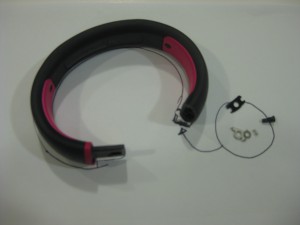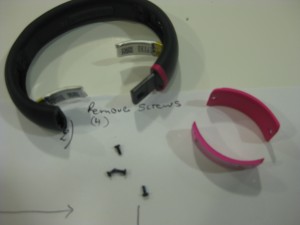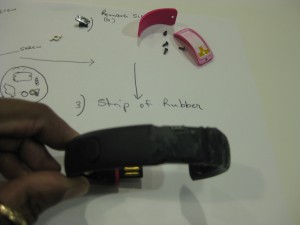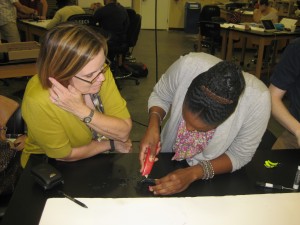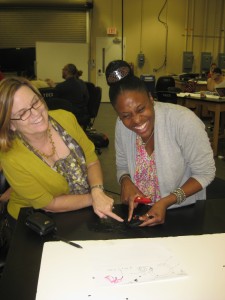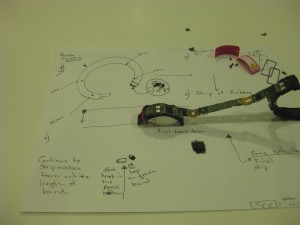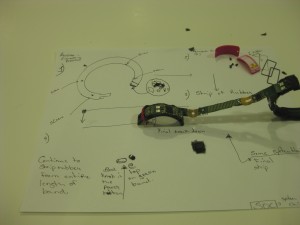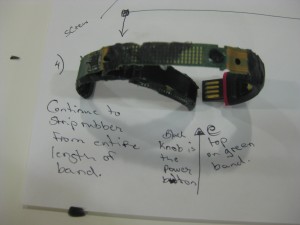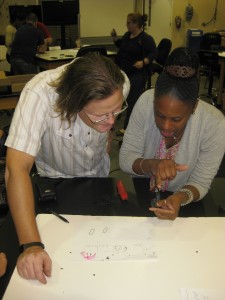As I attempt to transfer my externship experience to usable curriculum material, I am faced with a host of challenges. The most tedious aspect has been scaling down the content level. To what degree do I modify the complexity to the material so that a middle school student [6th grader] would be able to,
– Process and grasp the gist of the material?
– See the relevancy and be able to apply what they have learned?
– Make this information fit into the current standards?
With a true diverse classroom it is a constant overwhelming nag in trying to balance how to compact information so a kid with a heavily layered IEP grasps the concept but on the other hand a kid who is identified as AIG remaining engaged. Easy right? Just teach to the middle ‘they’ say. Well that middle line is not equitable when you have students who are at times three (3) years behind grade level. Unfortunately, I am not verse in the tactics

of teaching to that level but I try and I am sure I do get it wrong some times but I give it all I can anyway. With the gap widening every year it seems, my issue remain, how much modifications must be done before I maybe lose the essence of the lesson.
Another unfortunate factor is accessibility to the same resources and equipment being utilized at my location that would really help the lesson to resonate with the students. I envisioned having the students create a sensor to solve a ‘One Health’ issues using tinkercad to create and print using 3D printing. This would be tremendously costly for my students so even though I was fascinated and it would be a great opportunity to experience the engineering process it would not work for my classroom. Then there is the SEM [Scanning Electron Microscope] which was utilized to see the nano-structure of spider silk and the spinnerets. If I have access to these equipments, I would think there would be many converts of students loving science by the end of the year.
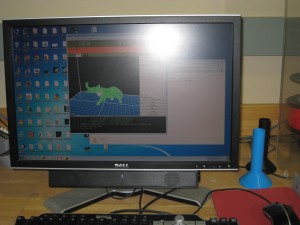

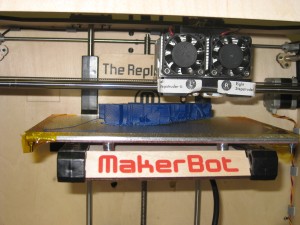
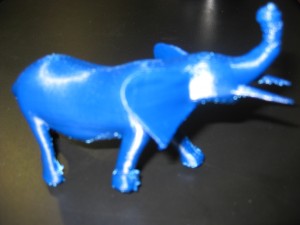
However, in spite of these listed obstacles, I will find a way to improvise and make it work.
A look on the bright side………………..
I have a support group comprised of individuals who have spent years mastering their craft. Working side by side and being given the opportunity to engage in open dialogue via peer sharing activities, has helped in gauging my thought process of ways I can implement the many faucets of this externship into workable lessons. By having some members of my cohort who are faced with some of the same obstacles, this allows for realistic brainstorming and generating of ideas that can work for the students. It will force me to think outside the box in seeking innovative methods of engaging students during the learning process.
